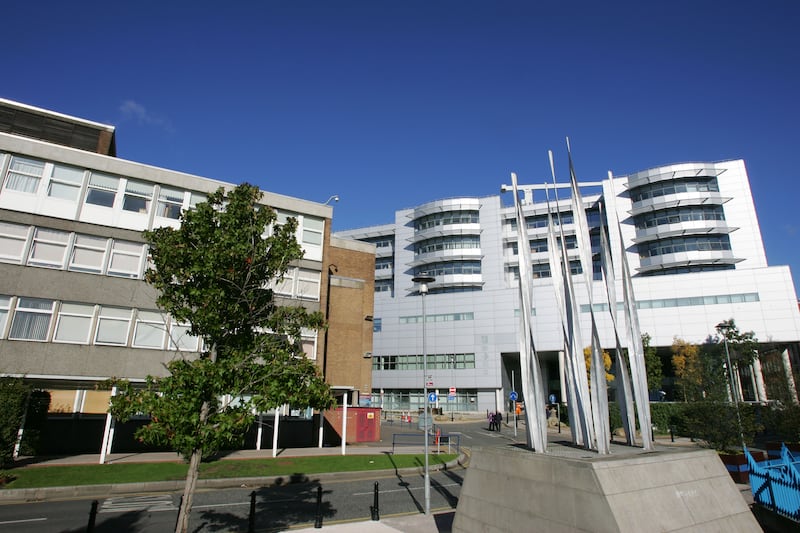More then £90 million in funds allocated for building and other capital works and returned to the Treasury equates to the cost of building a new maternity wing at the Royal Victoria Hospital, the Northern Ireland Audit Office said.
In total, more than £2 billion was returned to London over a five-year period to the end of the 2023 financial year, though the vast majority was “ring-fenced” and unable to be spent on public services.
However the amount in day to day non-capital spending money sent back over the same period totalled just £300,000, the audit office reported.

The bulk of this £2.1 billion, approximately £1.8bn, is linked to student loans and to the financial transaction capital (FTC) loan scheme for private investment, not often used by any of the devolved governments, the NIAO Budget and Accountability report found.
Government departments returned £300,000 in money its ministers could spend on public services over the five years, all in 2021/2022.
However, Comptroller and Auditor General Dorinnia Carville’s report noted the £91.8m of returned capital funding “is a significant amount of money which equates, for example, to the projected final cost of the new maternity hospital in the grounds of the Royal Victoria Hospital”.

Most of the capital money, around £81m, was returned in 2019/2020 by the departments of health and communities. The DoH said its underspend related largely to a delay in signing a major digital contract, which was then included in the following year’s budget.
The DfC’s capital underspend was linked to the pandemic and slowdown in the building of social housing.
Ms Carville added: “Generally speaking, the report concludes that the absence of multi-year budgets, during this period of unprecedented pay and price pressures, inhibits the departments’ ability to effectively plan, finance and invest in the long-term delivery of public services in NI to maximise the benefit to public services.
“Over the period examined in this report, departments and bodies, including my own, underspent on their total budget allocation.
“The most significant of these underspends are discussed in my report, which highlights a number of contributing factors.
“In most cases, however, these underspends do not result in a loss of funding to the Northern Ireland Executive”.
The large paper total of £1.3bn linked to student loans is due the amount allocated calculated using the Barnett formula and reflects a far higher spend in England.

Approximately £500m in available FTC funds, again linked to England via Barnett, went unused and returned to the Treasury.
“The NI Executive, nor the other devolved administrations, find FTC funding a particularly convenient way to address their investment priorities,” the report noted.
“However, DoF (Department of Finance) advised that they and the Strategic Investment Board are engaging with departments to understand possible future uses of FTC.”
Further funding of £181m returned to Treasury in the five years from 2018-19 to 2022-23 relates to changes to depreciation and impairment costs across the various departments, the NIAO report stated.
“These are non-cash costs and, as such, the funding could not have been used to fund public services.”
The audit office did note underspends by departments over the five year period, though for all the period apart from 2022/23 extra money was made available during in year monitoring rounds.
However, in the financial year ending 2023, during which there were no monitoring rounds, the DoH did not spend £23m of resource - day to day - money that was available.
The department said this was due to lower than expected administration costs, difficulties in recruitment and “a range of smaller underspends”.









